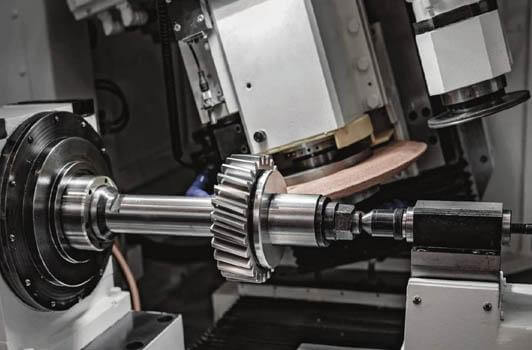Predictive Maintenance

Machine learning for predictive maintenance
One of the most frequently demanded machine-learning applications in manufacturing is predictive maintenance. The aim of a predictive maintenance system is to raise early warnings of critical failures to avoid downtime.
The existing rule-based approach to evaluating the current condition of equipment is often limited to comparing static values of a few sensors with reference numbers. A predictive maintenance system based on a machine-learning model provides complex insight into all aspects related to equipment condition and performance.
The core of a predictive system is a mathematical model created on the basis of a large number of historical values from diverse telemetry sensors. This model recognizes complex relations between different readings, and it recognizes abnormal patterns and patterns that lead to failures. Based on historical data the model identifies degradation patterns and is able to estimate how many more days a particular unit is going to operate before it fails.
Predictive modeling in machine learning
Predictive model analysis can be generated into four parts:
- Anomaly detection that can cause failures
- Revealing relationships that can identify source of problem
- Trend identification that allows predicting future development of degradation processes
- Pattern recognition that identifies specific condition of equipment which can be followed by a malfunction

Due to their high efficiency and ease of implementation in existing processes, predictive maintenance systems have attracted the manufacturing industry’s attention. With the rise of the Internet of Things, manufacturing has started to collect data coming from all types of equipment. The availability of historical data from sensors and telemetry is a key requirement. The machine-learning model is being trained on this data to recognize specific patterns to be able to identify these patterns in real-time measurements in the future.
We divide data into two main groups: parameters of machine health status that can show degradation happening over the time of operation; and failure history, which is used to find alarming patterns. Although failure events are typically rare, this kind of data is the most valuable for machine-learning models. Experts from BitRefine help clients to build accurate and reliable prediction system that bring unarguable benefits, such as avoiding unscheduled downtime and thereby, result in direct cost savings.
Related Solutions
For more details, please contact us: